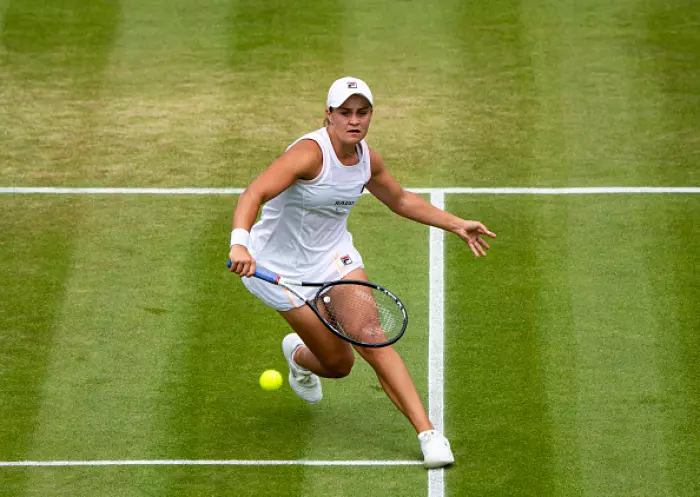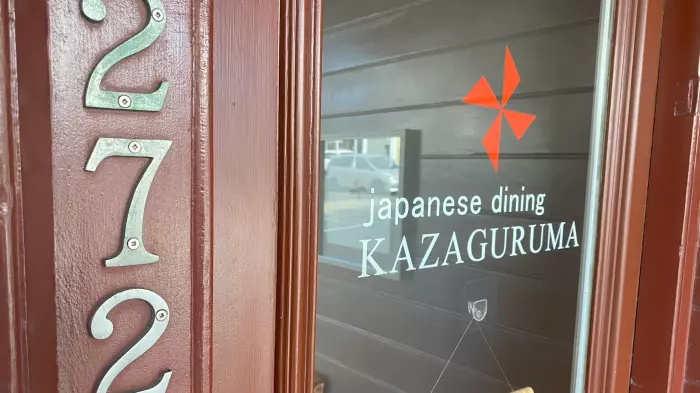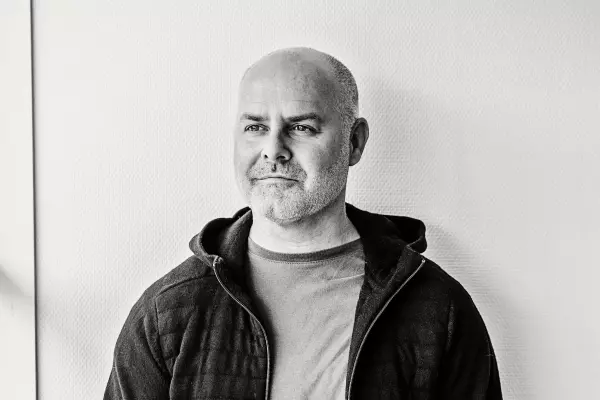The 134th Wimbledon tournament starting tomorrow is the oldest of the tennis world’s four Grand Slam events. The first gentlemen’s singles (yes, that is the title, though some players would surely struggle to earn that title!) were held in 1877 and the ladies’ singles followed in 1884.
New Zealand had early successes when the great singles player Anthony Wilding won four years in a row (1910-1913). He was runner-up in 1914, but the following year was killed in action in France. There were no championships in 1915-18 and 1940-45 because of the world wars, and the covid-19 pandemic forced the cancellation of last year’s tournament.
Wimbledon differs from the other three Grand Slams in a number of ways. Firstly, it is the only tournament played on grass. Since the French Open finished on June 13, most Wimbledon entrants have been practising or playing competitively on grass courts, for example at the Queen’s Club tournament in London.
Secondly, Wimbledon is the shortest of the Grand Slams – just 13 days long. Play begins on the Monday and finishes on Sunday of the second week. The middle Sunday is always a rest day. The Australian Open and US Open run for 14 days, and the French Open starts on a Sunday and finishes on the third Sunday, so lasts 15 days.
Wimbledon’s shorter tournament has led to problems in the past, especially if there are rain delays. The first three singles rounds are played over the first week. The schedule for the second week means winners of the ladies’ fourth-round matches on the Monday face having to play in the quarter-finals on the Tuesday, without a day off between. For the men, who play best of five sets, a tough five-setter in the quarter-finals or semi-finals has often resulted in a poor performance in their next game with just a day, and sometimes not even that, to recover. The All England Lawn Tennis and Croquet Club, which controls the tournament, has just announced that, from 2022, there will be play on the middle Sunday.
Wimbledon has a strict dress code, with players’ clothing having to be almost entirely white. “A single trim of colour around the neckline and around the sleeve cuffs is acceptable,” the regulations say. There are many other strict rules; for example, shoes, soles and laces must also be almost entirely white.
Few spectators will be aware that while there is no dress code for fans, “dressing smartly is encouraged”. No “ambush marketing clothing is permitted – for example, a jacket with a company logo emblazoned on the back – and political slogans are forbidden”. If you are lucky or important enough to be invited into the royal box or members’ lounge, men must wear a jacket and tie. British racing driver Sir Lewis Hamilton was once famously refused entry to the royal box because he was not correctly attired.
The main singles draws list 128 men and 128 women. The club does its own rankings, though they are close to the world-ranking lists. Players whose world ranking is in the top 100 normally gain entry into the main draws. However, days before the tournament proper begins, another 128 men and 128 women compete in a qualifying event to decide the 16 qualifiers who then go into the main draws.
Those attempting to qualify normally have world rankings in the 100-250 range. The qualifying events are just best of three sets and winning players play every day. Further, for the main draws the club has the right (as in the other three Grand Slams) to appoint “wild cards”. In the last Wimbledon, in 2019, the Cypriot player Marcos Baghdatis was given a wild-card entry, and Sir Andy Murray and Venus Williams have wild cards for this year. The 41-year-old Williams has won five singles titles at Wimbledon (her sister Serena, 39, has won seven). Most of the other wild cards at Wimbledon (eight in each singles draw this year) are given to promising younger English players.
In 2019, a “lucky loser” was given entry to the main draw. This happens when a main-draw player withdraws just before the tournament begins and his or her place is given to a person who narrowly missed out on getting through the qualifying tournament.
Even first-round qualifying losers get £7000 ($13,900) in prize money, while first-round main-draw losers get £45,000. This has led to criticism that some players who have entered, even though they are not top-match fit or are slightly injured, still play in the first round to collect money, without winning a match. Total prize money this year is just over £35 million, down from 2019’s £38 million. Singles winners will get £1.7 million, down from 2019’s £2.35 million. The club has adopted a policy of giving more prize money to those who last only a round or two. It also pays the accommodation costs of many players, which amount to many millions of pounds.
In 2019, New Zealand was represented by four doubles players, each competing in partnership with players from other nations. In the men’s doubles Artem Sitak went out in the first round, Marcus Daniell got into the last eight, and Michael Venus reached the semi-finals. Erin Routliffe went out in the first round of the ladies’ doubles.
The top 32 ranked players (33, for some reason, in 2019) are seeded. As in many other individual sports, seeding is done to prevent top players meeting each other until the final rounds – that is if they are not defeated earlier. Interestingly, in the recent French Open, the No 1 seed, Novak Djokovic, played the third seed, Rafael Nadal, in the semi-final. In Wimbledon, the No 1 seed plays the No 4 seed if both remain in the tournament at that stage.
As well as the singles, men’s and ladies’ doubles and mixed doubles, Wimbledon has traditionally held wheelchair, quad wheelchair, and boys’ and girls’ tournaments. Current top players Roger Federer, Gael Monfils and Denis Shapovalov are past winners of the boys’ singles and Ashleigh Barty, Jelena Ostapenko and Iga Swiatek have been girls’ singles winners.
While attendance under covid restrictions is the subject of ongoing discussions with health authorities, there is hope that Centre Court will be allowed to be full for the Grand Slam finals.
If you want to test the maths skills of your friends, ask them this: If 128 men are entered in the singles, what is the total number of matches to be played. They will start to add up – 64 games in the first round, then 32, then 16, and so on. But a quicker way to work out the answer is to reason that there are 127 losers and one winner, so 127 games have to be played.
Ashley Wilson, who prepared this analysis, is an international seniors player who is preparing to take part next year in age 90+ tournaments in Australia and Europe.










